In today's review, we will look at an interesting accessory that can significantly facilitate the transfer of data between a computer and an iPhone. Specifically, we will be talking about the iXpand Flash Drive from SanDisk, which recently arrived at our office and which we have thoroughly checked in recent weeks. So what is it like in practice?
Technical Specifications
The SanDisk iXpand Flash Drive can simply be described as an atypical flash drive with USB-A and Lightning connectors. Half of the flash is classically metal, the other is rubber and therefore flexible. Thanks to this, it is very easy to connect the disk to the phone without it significantly "sticking out". As for the dimensions of the flash, they are 5,9 cm x 1,3 cm x 1,7 cm with a weight of 5,4 grams. It can therefore be classified among compact models without any exaggeration. According to my measurements, the read speed of the product is 93 MB/s and the write speed is 30 MB/s, which are definitely not bad values. If you are interested in capacities, you can choose from a model with a 16 GB storage chip, a 32 GB chip and a 64 GB chip. You will pay 699 crowns for the smallest capacity, 899 crowns for the medium and 1199 crowns for the highest. In terms of price, it is definitely not something crazy.
For the full functionality of the flash drive, you need to install the SanDisk application on your iOS/iPadOS device, which is used to manage files on the flash drive and thus easy transport from it to the phone and vice versa. The good thing is that you are practically not limited by the iOS version in this regard, since the application is available from iOS 8.2. However, it is necessary to mention that to move some types of files it is necessary to use the native Files application, so one cannot avoid using the newer iOS anyway.
Testing
Once you have installed the aforementioned application on your phone, you can start using the flash drive to its full potential. There is no need to format it or similar things, which is certainly nice. Probably the most interesting thing that can be done via the application in conjunction with a flash drive is to very simply transfer files from the phone to the computer and vice versa. Photos and videos transferred from the computer to the phone will appear in its photo gallery, and other files will appear in the Files application, where iXpand will create its own folder after insertion, through which the files are manipulated. If you would then like to send files in the opposite direction - i.e. from the iPhone to the flash drive - it is possible through Files. Photos and videos sent from the phone to the flash drive are then moved using the SanDisk application, which has an interface created for this purpose. The great thing is that the data transfer takes place relatively quickly thanks to decent transfer speeds and, above all, reliably. During my testing, I did not encounter a single jam or transmission failure.
You don't have to use a flash drive just as an easy transporter of your data, but also as a backup element. This is because the application also enables backup, which is quite extensive. Photo libraries, social networks (media files from them), contacts and calendars can be backed up via it. So if you are not a fan of cloud backup solutions, this gadget might please you. However, it is necessary to take into account that backing up thousands of photos and videos from the phone can simply take some time.
The third interesting possibility of using iXpand is the consumption of multimedia content directly from it. The application has its own simple player through which you can play music or videos (in the world's most widely used standard formats). Playback as such works without any problem in the form of chopping or similar annoyances. From the point of view of user comfort, however, this is of course not a win. After all, the flash inserted in the phone affects the ergonomics of its grip.
The last thing worth mentioning is definitely the possibility of taking photos or recording videos directly on the iXpand. It works simply by starting to capture the surroundings through the simple camera interface, and all the recordings taken in this way are not stored in the phone's memory, but directly on the flash drive. OF of course, you can then easily transfer the records to your phone. As in the previous case, however, from the point of view of ergonomics, this solution is not exactly ideal, as you will have to find a grip for taking pictures that will not be limited by the inserted flash drive.
Summary
In vain, I wonder what all bothered me in the final on iXpand. Of course, having USB-C instead of USB-A would certainly not be out of the question, as it could be used without any reduction even with new Macs. It certainly wouldn't be bad either if its intertwining with native Files was greater than it is now. But on the other hand - aren't these things that can be forgiven despite the low price and ease of use? In my opinion, definitely. So for myself, I would call the SanDisk iXpand Flash Drive one of the most useful accessories that you can buy at the moment. If you need to drag files from point A to point B from time to time, you'll love it.
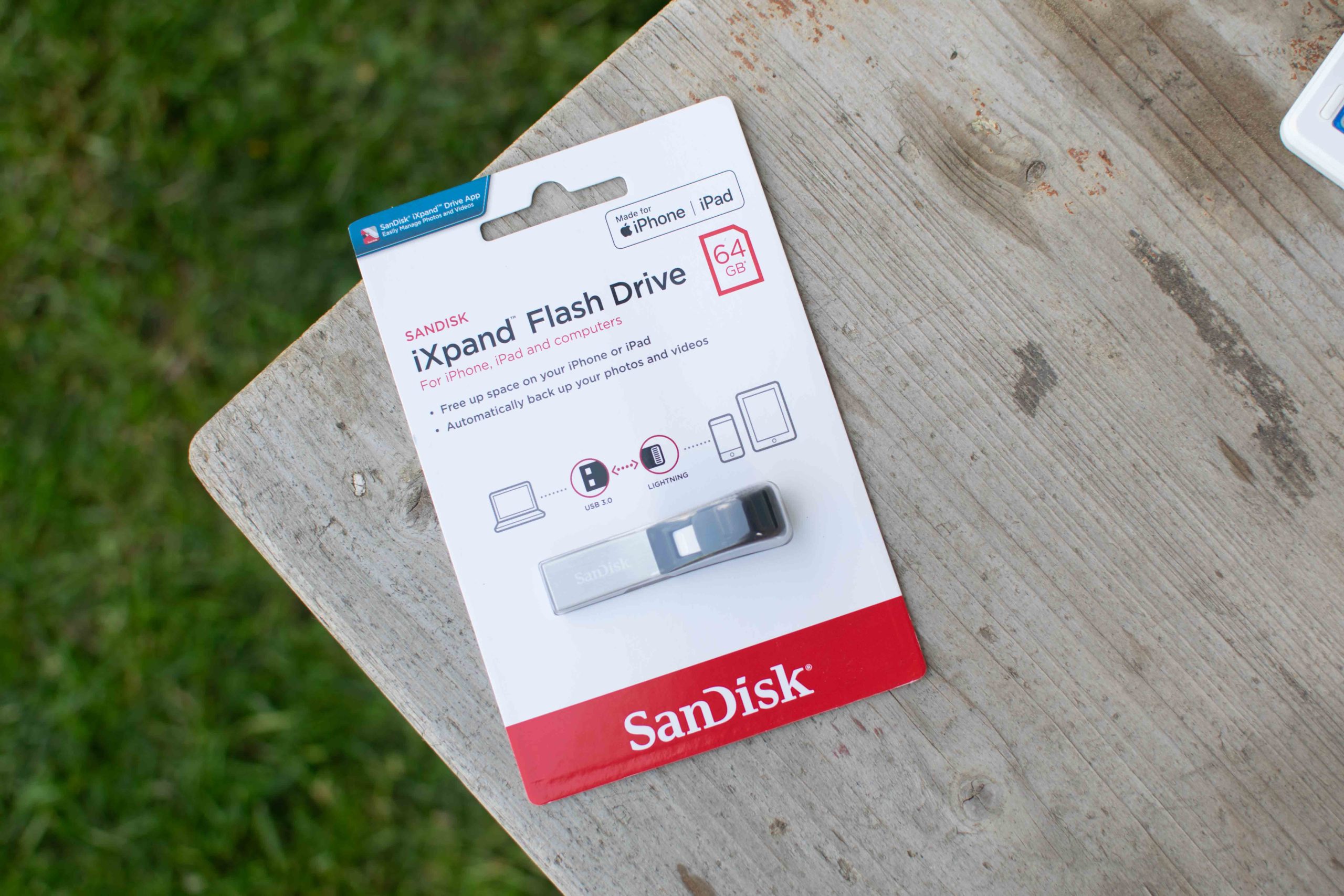

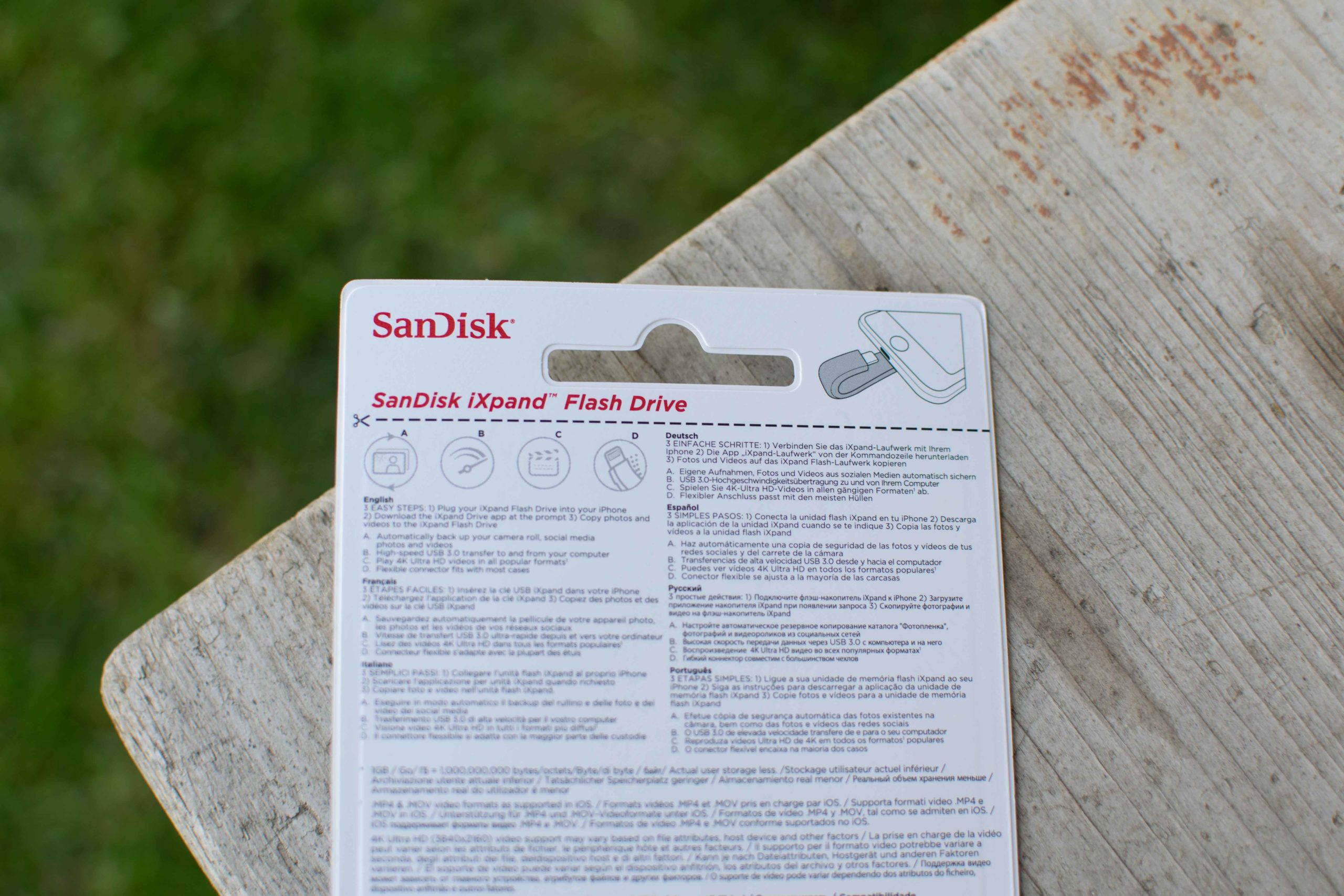
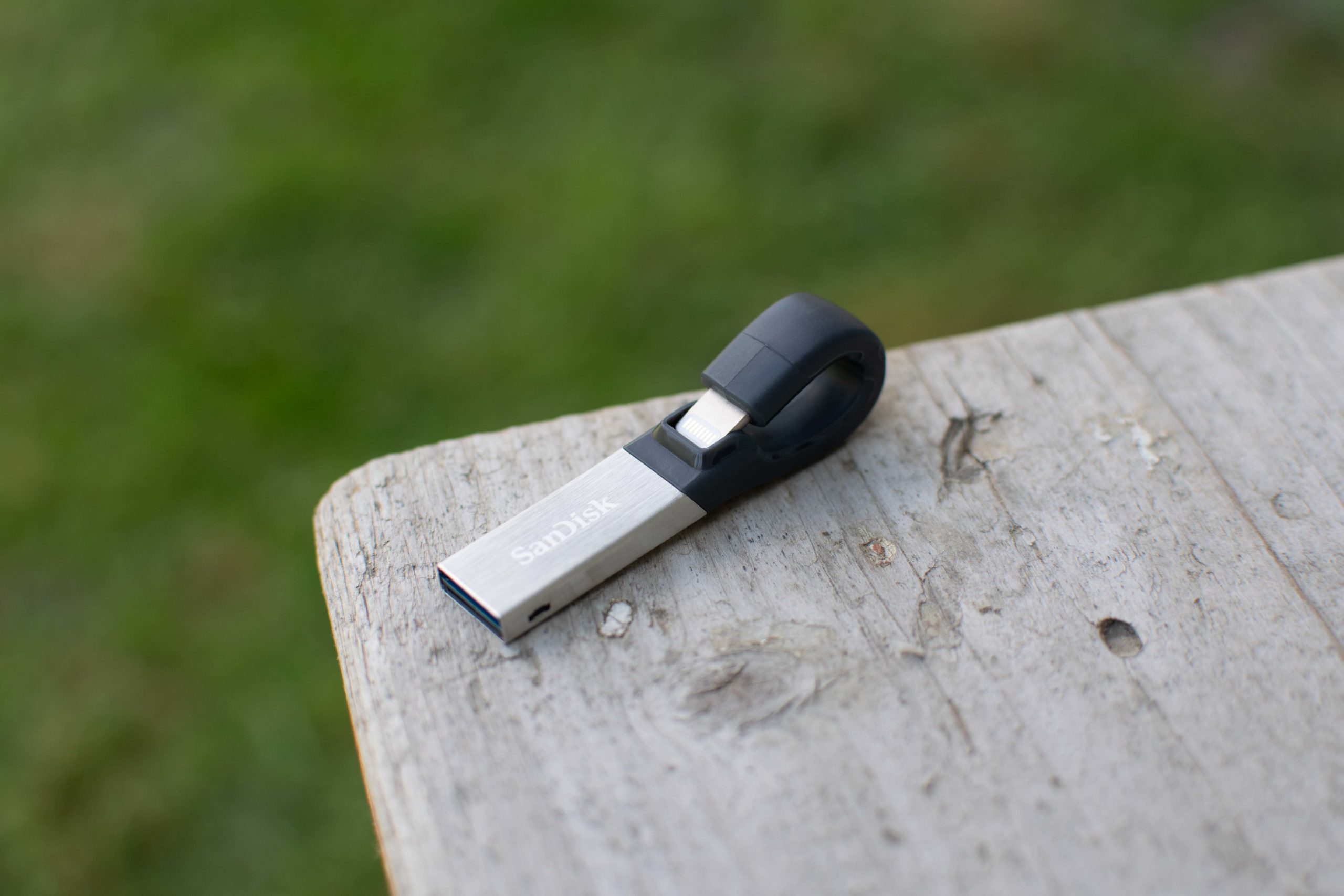
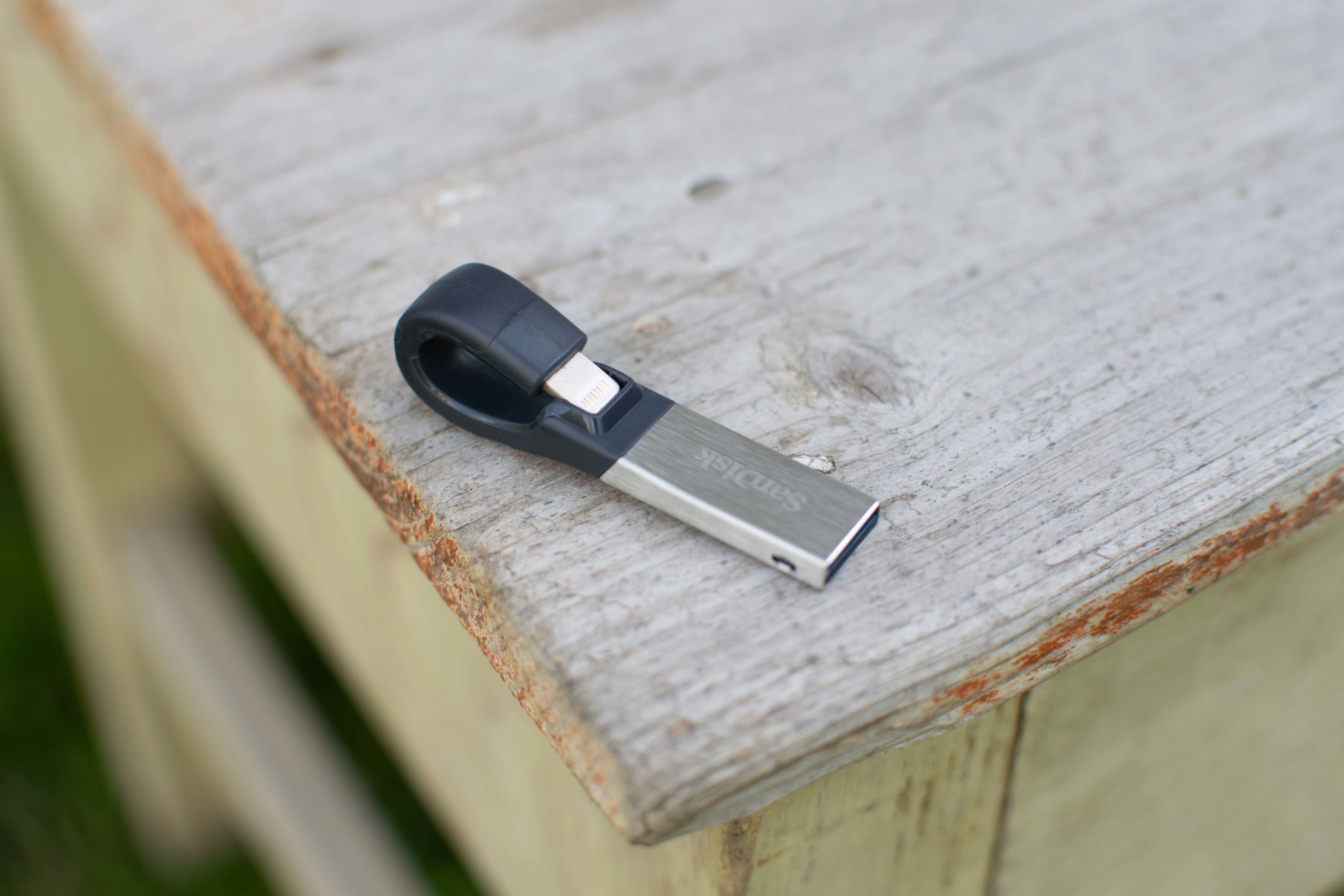
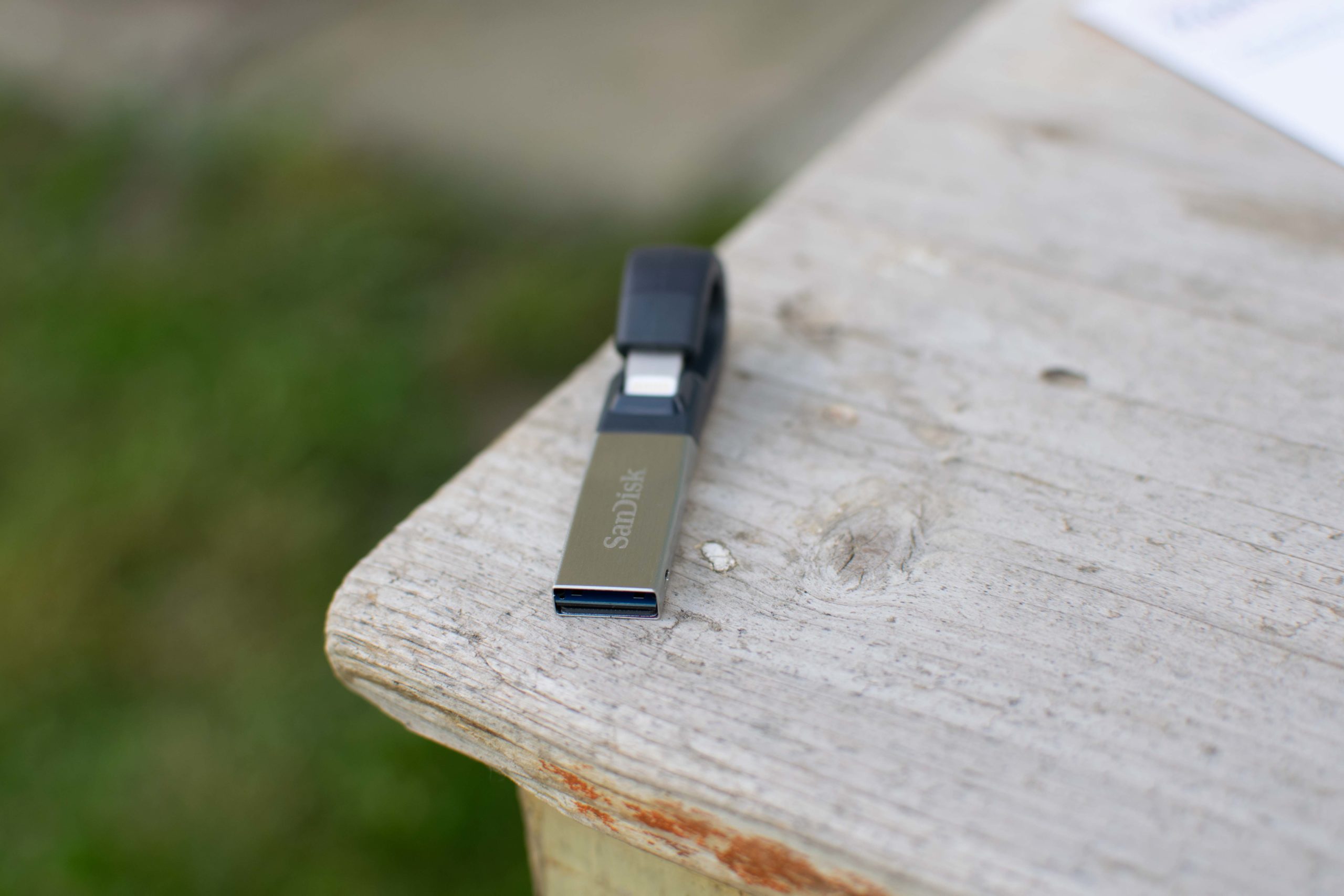
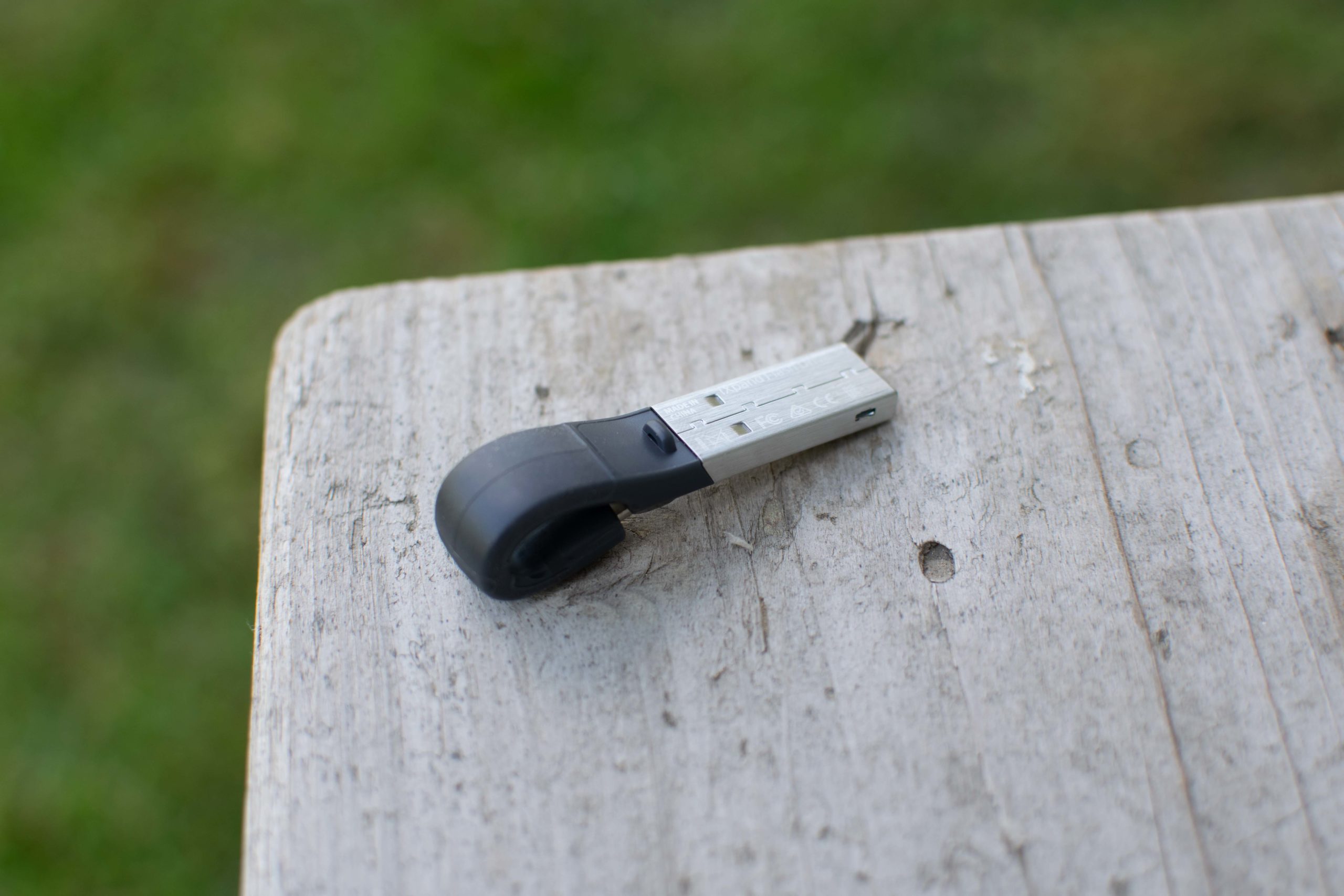
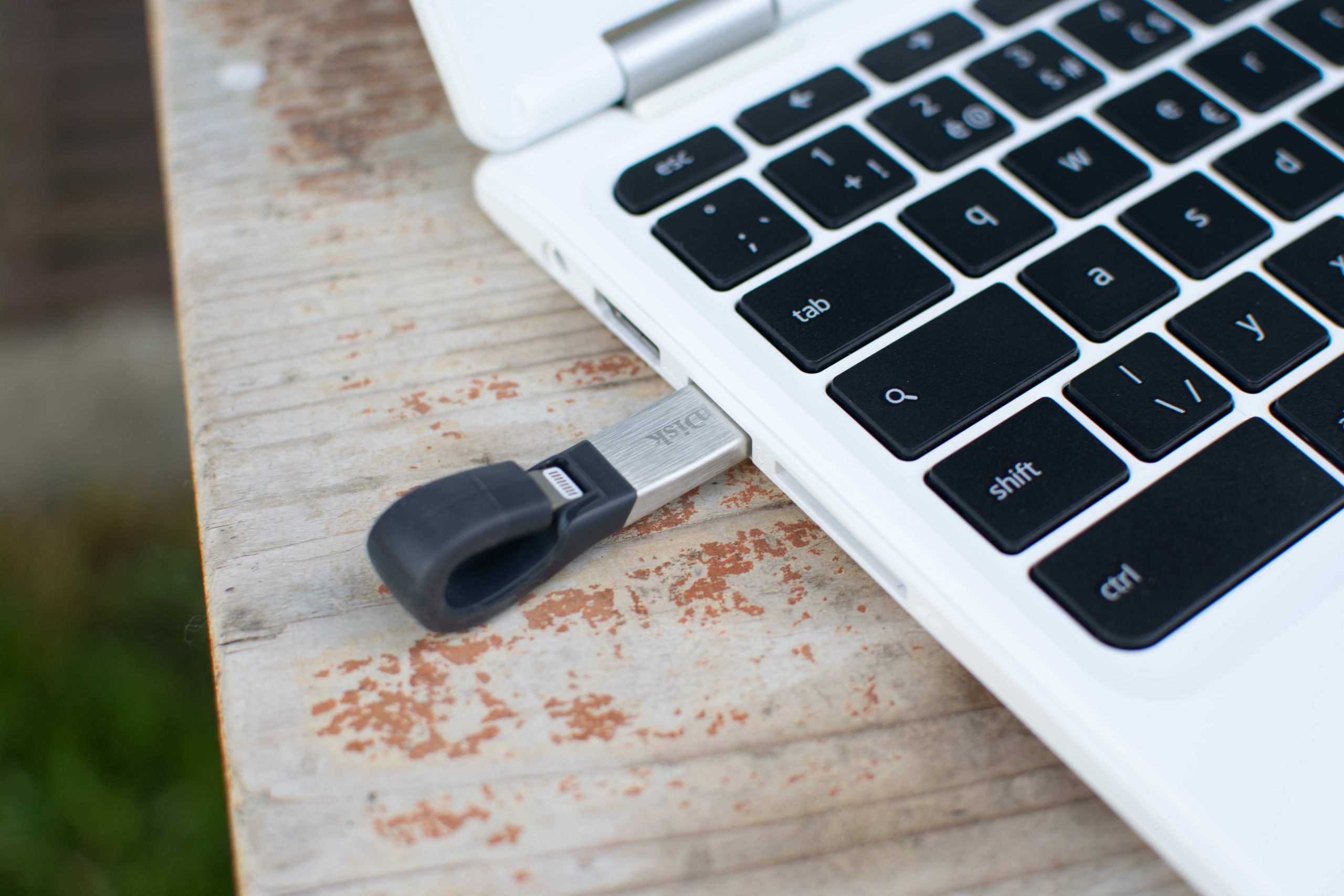
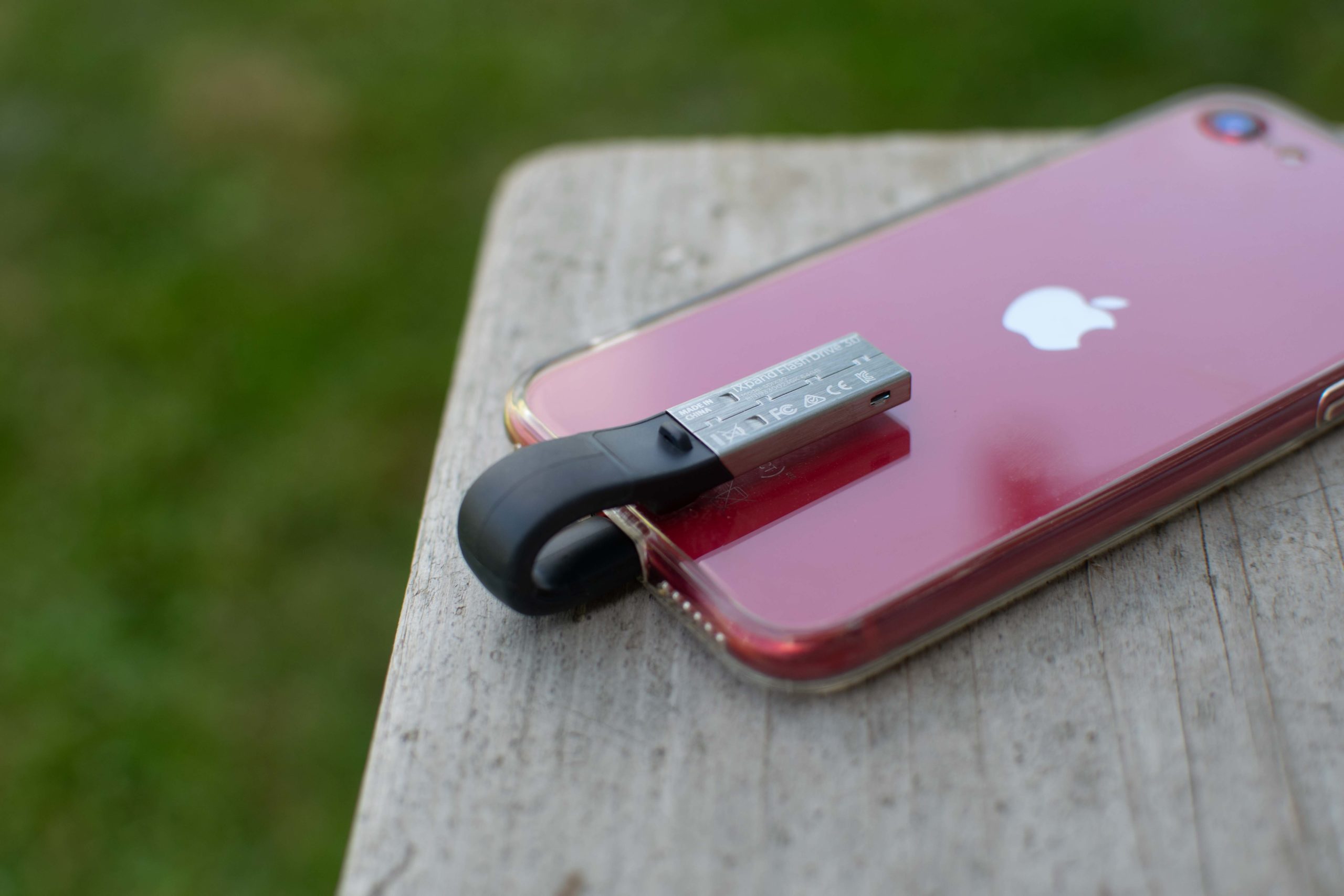
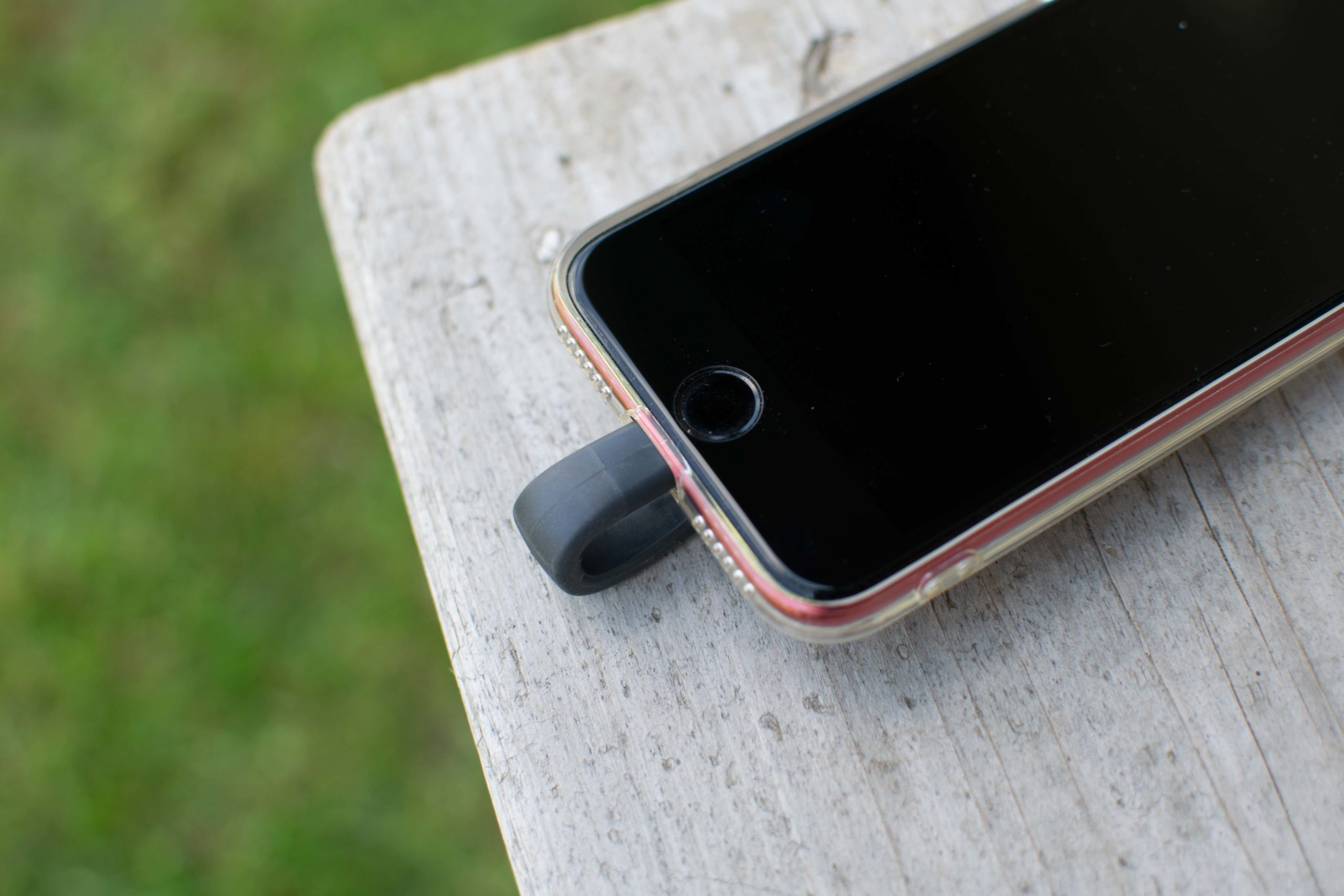

The problem with this flash drive is its incompatibility with macOS. And it's a problem with all flash drives with a lightning connector. How does it manifest itself? Create a file on your iPhone that will have diacritics in its name, such as image.jpg, resume.doc, budget.xls, or anything similar. Or you can send it to your e-mail - that's a completely normal thing. Save this file on your iPhone to this flash drive, then insert the flash drive into your Mac and ... and nothing. You won't see that file on a Mac. That sucks, huh? What's the point of such a flash? To constantly think about the fact that it does not work completely 100 percent? No, don't take, throw away, useless. I had it, tried it and returned it. It's a shame that you won't get to know this damned important experience here in the review. In addition, there is a neck-breaking limitation – for the transfer it is necessary to use only a special application, which really is not perfect. So if you want a XNUMX% functional flash drive for both your computer and iPhone, ditch all flash drives with lightning (Apple itself confirmed the incompatibility), but reach for the Sandisk Connect Wireless Stick – it works perfectly. Otherwise, flash drives with USB-C for the new iPad Pro - there it works as lightning flash drives should work (and don't).
Ah, so it's definitely not an ideal partner for apple lovers.
It's true that I didn't move files with diacritics because I'm used to saving everything without it. But is it such a problem to do it anyway? I do not think. And as for the application - it is definitely not bad, although it is of course limiting to a certain extent. But overall, for the money that SanDisk wants for a flash drive, you get a lot of music.
Explain to the whole world that you won't describe files and directories with diacritical characters and don't let them do it to you either, because you have a flash that doesn't like it. Is this enough? So yes, it's definitely a big deal for us. You are often not the master of what you put there.
I can confirm that at this price and in this day and age it is a disaster and useless.
Arthur Curry learns that he is the heir to the underwater kingdom of Atlantis, and must step forward to lead his people and be a hero to the world.
# 4c5c332c
Buy the 16GB version, disassemble the metal part (there is a regular SD card inside), insert a 256GB SD card and there is nothing to solve :)